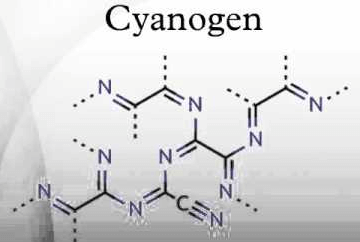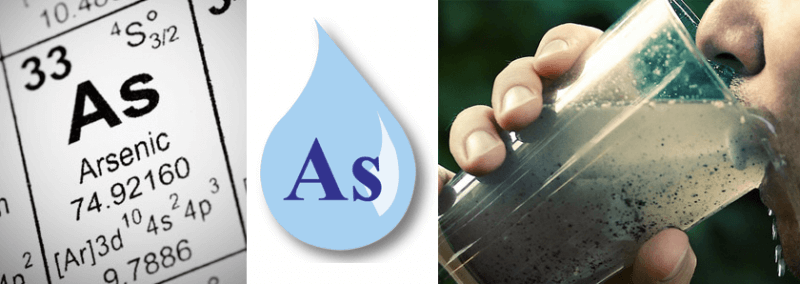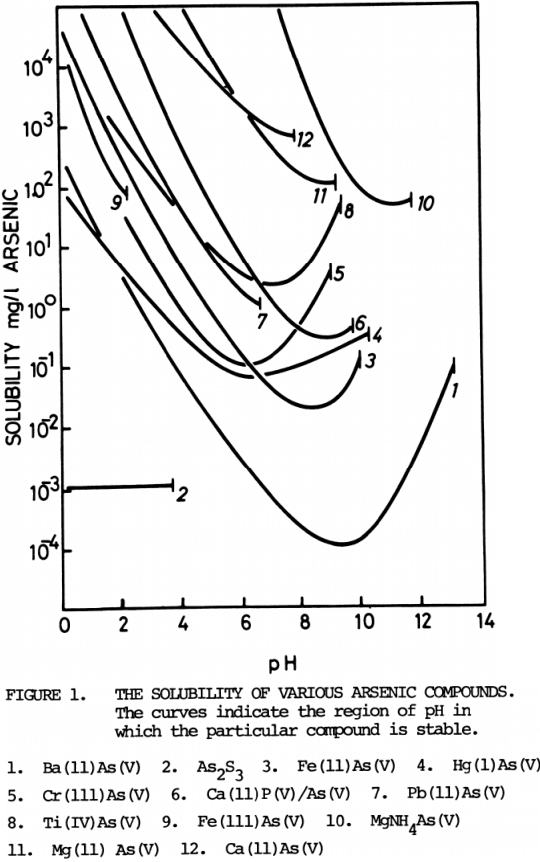Natural Flotation Reagents form Plants
The reagents now used in flotation consist of various acids or salts, which may be either electrolytes or nonelectrolytes, dissolved in water and some substance or combination of substances, which function as collecting or frothing agents. At times the only dissolved salts present are those naturally occurring in the water used. The general effect of […]
Cyanogen Compounds Chemistry

It is a common observation that the improvements introduced in practice since the first announcement of the cyanide process have been almost entirely mechanical. Although a good deal of study and research has been devoted to the chemical problems involved, the results obtained appear trifling in comparison. Few of the suggested modifications in the chemical […]
Arsenic Filtration for Potable Home Use

Before treating for arsenic it’s important to understand both arsenic composition and water chemistry. Arsenic (As) is a natural occurring mineral commonly found in clusters paired with sulfur and other heavy metals i.e.: iron (Fe), manganese (Mn), uranium and hydrogen sulfide (H2S). Recent studies have shown that temperature variance in arsenic prone areas are known […]
CuSO4 Electrowinning with Crystallization of Bleed
Commercial copper SX reagents do not exhibit perfect selectivity. From typical acidic feed solutions, the most significant co-extracted impurity is ferric iron. The copper/iron extraction ratio for a given reagent operating in a countercurrent circuit will vary significantly with reagent content of the solvent, composition of the feed solution, organic/aqueous flow ratio, temperature, mixer retention […]
Arsenic Removal from Water

The removal of arsenic from water has been practiced for many years (8-11) but with the recent emphasis on clean water standards there has been renewed activity in relation to the problem. The methods which have been investigated include precipitation, co-precipitation, adsorption, ion exchange and liquid-liquid extraction but to date only precipitation and co-precipitation processes […]
Shellsol AB
Shellsol AB is a high boiling, high aromatic solvent derived from petroleum. It has good colour, low odour, a narrow distillation range and high flash point. It is complementary to Shellsol A, being very similar in many characteristics, but is higher boiling. The aromatic content is 99% by volume, the major constituents being in the […]
LIX 64N
LIX 64N Reagent is a water insoluble mixture of substituted oximes, which form water insoluble complexes with metallic cations, principally copper. Chemical Reactions LIX 64N Reagent is a hydrogen ion donor, and its chemical reactions when used as a copper extractant may be compared to an ion exchange resin system operating on a hydrogen ion […]
Design of Mixer Settlers in Solvent Extraction
The development of solvent extraction processes over recent years has led to their application on an increasing scale in metal extraction plants. The author’s company has recently been awarded a contract for the design of the world’s largest solvent extraction plant based on pump-mix mixer-settlers. The plant is designed to extract copper from a leach […]
Copper Recovery by Solvent Extraction Techniques
Development of Suitable Reagents was Vital Key: Solvent extraction techniques were first applied to the recovery of metals for atomic energy projects in the decade 1945-55. They were subsequently applied to the large scale production of such refractory metals as hafnium and zirconium. Since then the technique has been applied to the recovery of the rarer […]
SX Solvent Extraction Process Principles Theory
An increasing demand for metals in general, and higher purity metals in particular, decreasing ore grades and more stringent environmental regulations have driven, and will continue to drive, research into finding more effective and efficient methods for processing the ores available to us, and recycling previously used metals. Hydrometallurgy has provided, and will continue to […]
